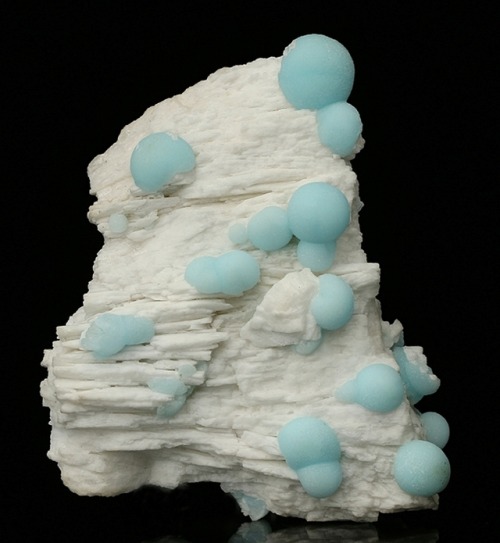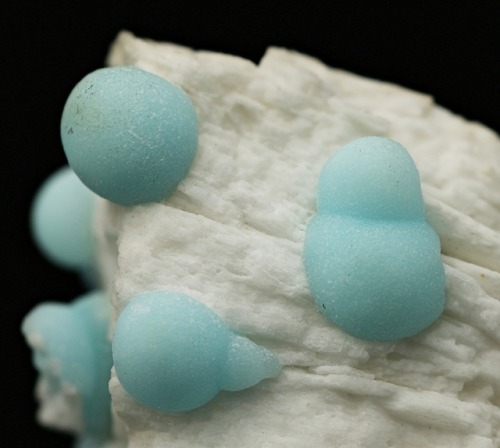Https://instagram.com/p/BHMsajfj9M7/

https://instagram.com/p/BHMsajfj9M7/
More Posts from Read-a-me-to-me and Others

The very last image from Cassini, showing Saturn’s atmosphere & rings as the probe closed in on the planet. *snif*

Coronal Prominence Cavity
Prominences are regions of cool, condensed plasma supported by twisted magnetic field lines that globally wrap around an axial magnetic field, called a magnetic flux rope. Most of the flux rope volume is filled with depleted coronal plasma and forms a transitory cavity – a dark elliptical or semi-circular region that appears empty from our viewpoint. White-light coronagraph observations suggest that cavity density is approximately half the density of the surrounding streamers. However, the plasma properties within the cavities are not uniform, they exhibit temperature substructures that have been observed in multiple wavelengths.
Tuned to observe emission in the extreme ultraviolet (EUV or XUV), NASA’s Atmospheric Imaging Assembly (AIA) instrument on board the Solar Dynamics Observatory (SDO) provides high-definition imagery of the Sun in seven wavelength passbands. Each of the wavelengths highlight a specific aspect of the solar surface and atmosphere, for example; the dark elliptical structure of the coronal cavity, and outer bright streamers are most visible in AIA 211 Å (Fe XIV), and AIA 193 Å (Fe XII, XXIV) channels, as shown below:


The AIA 171 Å (Fe IX) channel also shows the fine structure of loops, plus the central prominence:

In the 304 Å (He II) channel only the chromospheric features are visible:

More information:
Thermal Properties of a Coronal Cavity (PDF)
SDO/AIA Detection of Solar Prominence Formation Within a Coronal Cavity
Modeling Coronal Cavities
Image Credit: NASA/SDO/LMSAL
and speak to me from the depths of this long night as if we were anchored here together, tell me everything, chain by chain, link by link and step by step,
Pablo Neruda, from section “XII,” of excerpts from Heights of Macchu Picchu, transl.Tomás Q. Morín, Plume (August 2017)

Harold Feinstein Birds Flying, 1963 Gelatin silver print
-
 coandmode liked this · 3 months ago
coandmode liked this · 3 months ago -
 afplcc liked this · 1 year ago
afplcc liked this · 1 year ago -
 sugrue22 liked this · 1 year ago
sugrue22 liked this · 1 year ago -
 greyscale-hands reblogged this · 1 year ago
greyscale-hands reblogged this · 1 year ago -
 thecentersister reblogged this · 1 year ago
thecentersister reblogged this · 1 year ago -
 aqua-fresh18 reblogged this · 1 year ago
aqua-fresh18 reblogged this · 1 year ago -
 belovedtruck liked this · 2 years ago
belovedtruck liked this · 2 years ago -
 peacockfire reblogged this · 2 years ago
peacockfire reblogged this · 2 years ago -
 noahono liked this · 2 years ago
noahono liked this · 2 years ago -
 pino-gris liked this · 2 years ago
pino-gris liked this · 2 years ago -
 bradford-tassey liked this · 2 years ago
bradford-tassey liked this · 2 years ago -
 happiness13 liked this · 2 years ago
happiness13 liked this · 2 years ago -
 sabotagedselfie reblogged this · 2 years ago
sabotagedselfie reblogged this · 2 years ago -
 sayhi-tosaturn reblogged this · 2 years ago
sayhi-tosaturn reblogged this · 2 years ago -
 darkchai reblogged this · 2 years ago
darkchai reblogged this · 2 years ago -
 darkchai liked this · 2 years ago
darkchai liked this · 2 years ago -
 besarelcielo liked this · 2 years ago
besarelcielo liked this · 2 years ago -
 uotafossil reblogged this · 2 years ago
uotafossil reblogged this · 2 years ago -
 orgasmic-garlic reblogged this · 2 years ago
orgasmic-garlic reblogged this · 2 years ago -
 amboise-fashion reblogged this · 2 years ago
amboise-fashion reblogged this · 2 years ago -
 maaalooo reblogged this · 2 years ago
maaalooo reblogged this · 2 years ago -
 roslynmorrison reblogged this · 2 years ago
roslynmorrison reblogged this · 2 years ago -
 ro-qu reblogged this · 2 years ago
ro-qu reblogged this · 2 years ago -
 keatsonthebeach liked this · 2 years ago
keatsonthebeach liked this · 2 years ago -
 stewacai liked this · 2 years ago
stewacai liked this · 2 years ago -
 lullaby-blind reblogged this · 2 years ago
lullaby-blind reblogged this · 2 years ago -
 greyscale-hands liked this · 2 years ago
greyscale-hands liked this · 2 years ago -
 poodleman reblogged this · 2 years ago
poodleman reblogged this · 2 years ago -
 poodleman liked this · 2 years ago
poodleman liked this · 2 years ago -
 alterxfacto liked this · 2 years ago
alterxfacto liked this · 2 years ago -
 nothing-but-vices liked this · 2 years ago
nothing-but-vices liked this · 2 years ago -
 sexmagickandart reblogged this · 2 years ago
sexmagickandart reblogged this · 2 years ago -
 mortifiedandawesome reblogged this · 2 years ago
mortifiedandawesome reblogged this · 2 years ago -
 mortifiedandawesome liked this · 2 years ago
mortifiedandawesome liked this · 2 years ago -
 corredorx reblogged this · 2 years ago
corredorx reblogged this · 2 years ago -
 moderneflaneur liked this · 2 years ago
moderneflaneur liked this · 2 years ago -
 inmystateofbuzz liked this · 2 years ago
inmystateofbuzz liked this · 2 years ago -
 crownmed78 liked this · 2 years ago
crownmed78 liked this · 2 years ago -
 00l000 liked this · 2 years ago
00l000 liked this · 2 years ago -
 animalcomplejo reblogged this · 2 years ago
animalcomplejo reblogged this · 2 years ago -
 testingthevib reblogged this · 2 years ago
testingthevib reblogged this · 2 years ago






